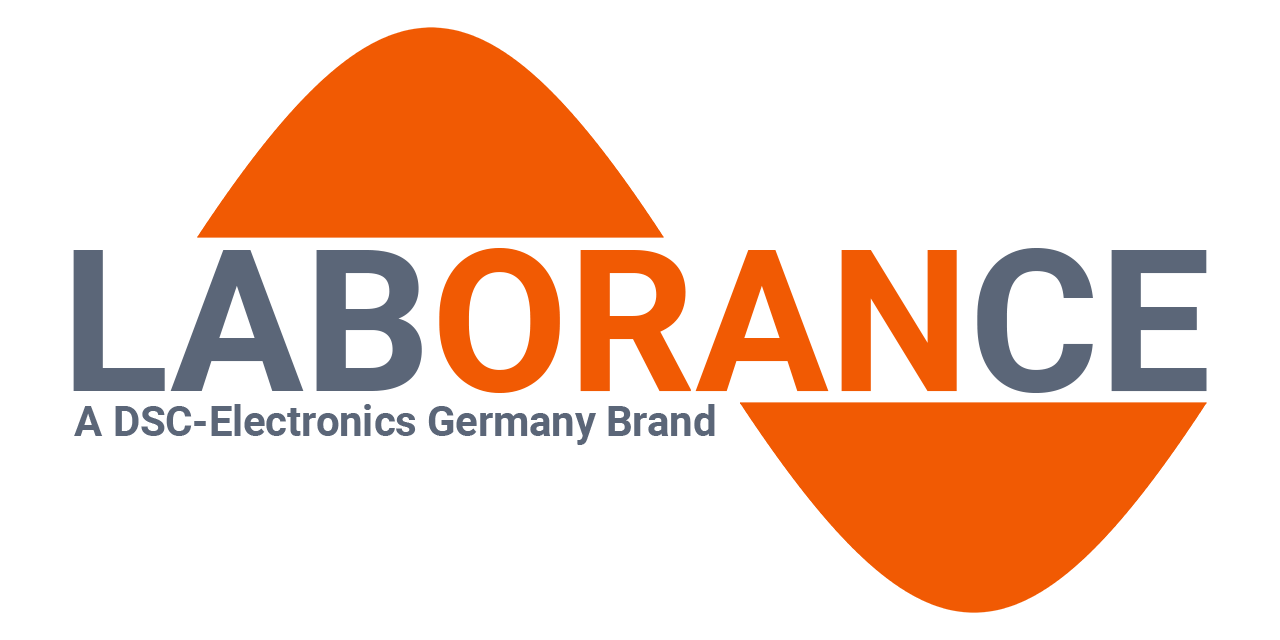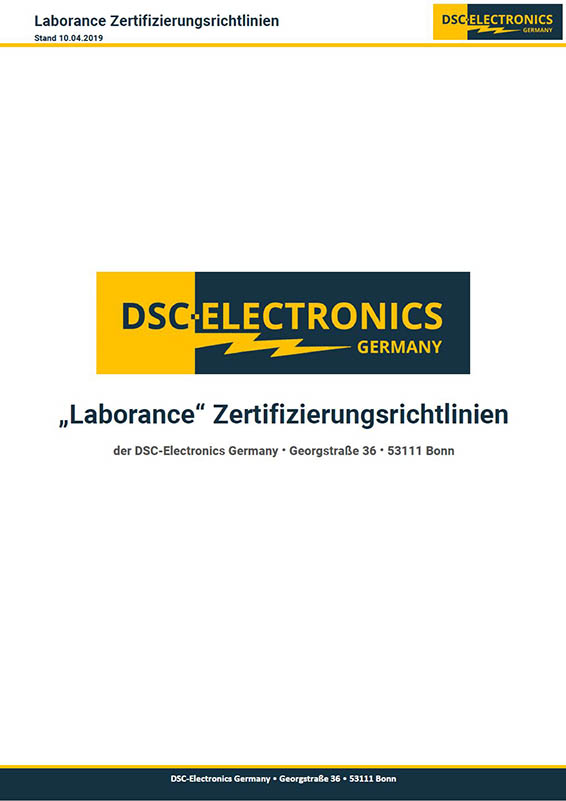What do you know about the quality of any measuring equipment when someone tells you, "it is a good piece of kit"? Almost nothing, because the assessment "good" is completely subjective and what is "good" for someone may be completely unacceptable for you or your project. The same is often true for advertisements and slogans by manaufacturers, because "great peprformance", "precise", "robust" and "high-quality" are terms without any standard.
We have developed the Laborance certificate to define a standard for high quality in testing and measuring technology that is generally accepted. We certify the quality of the equipment (technology and assembly), the accessories and the accuracy of the manufacturer's specifications - so that you can be sure that you get exactly what you were promised.
You can download the full documentation and certification guidelines for the Laborance certificate as a PDF at the bottom of this page.
Which areas are covered by the Laborance certificate?
1. The certification is divided into four main areas: A, B, C, D
Area [A] - Technology
During the technical examination, the inner workings of the product are thoroughly examined. This includes a neat assembly and placement of the printed circuit boards, high-quality and properly (long-life) dimensioned components and the absence of obvious "weak points". In addition, certifications from the manufacturer and third parties (CE, FCC, RoHS, ...) are checked and examined for plausibility.
Area [B] - Calibration
The product is calibrated by an external DAkkS calibration laboratory, whereby compliance with the parameters specified in the manufacturer's data sheet is confirmed.
Area [C] - Function
During the functional test, the product is comprehensively checked for correct opreation.
Area [D] - Operation / Quality
During the examination of quality and operation, the exterior of the unit is thoroughly checked for appropriate quality. This iexamination includes all operating elements, screens, covers, connections and the
housing of the device. The choice of materials, assembly, fit, operability and reliability / durability are checked. In addition, the software and firmware of the product (if applicable) are checked for function and compatibility with the operating systems and languages specified by the manufacturer.
2. Type of examination
The examination can be carried out in each area across models (linked to the respective model series) [2] or linked to the product (linked to the serial number) [1]. The type of the examination is always indicated with the associated test area: A1 / A2, B1 / B2, C1 / C2
3. Overview of areas and types of examination of the Laborance Certificate
| Laborance certificate | Area type of examination (see point 2) |
| Area A | 1 |
| Area B | 2 |
| Area C | 1 |
| Area D | 1 |


